Thermal Imaging For Mechanical Equipment
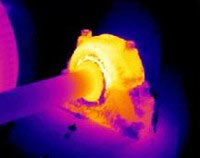
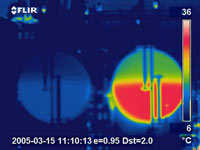
Economics
According to the Hartford Steam Boiler Inspection and Insurance Company, for every dollar spent on infrared service there is a $4 return on investment for materials and labor from fixing the problem before it fails. This ratio does not include: downtime, shipping costs for materials and lost production time. The ratio could easily be as much as $1 to $20 depending on when and where the equipment fails.
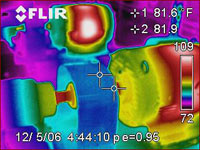
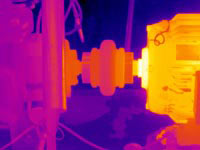
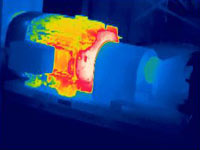
Infrared inspections of mechanical equipment and process systems can be used for predictive maintenance, condition monitoring, increased troubleshooting ability and quality assurance. When combined with timely repairs, they can also help to reduce downtime, eliminate equipment failures, and in most cases, increase process/production times.
- Reduce Unscheduled Downtime
- In most cases the repairs for broken equipment is only a small percentage of the real losses a company feels; labor and products. Your company will know when equipment is ready to fail so you will be given time to respond.
- Increase Plant Shutdown Effectiveness
- With the results of an infrared inspection in hand before a shutdown, manpower and materials can be planned accordingly and problems fixed efficiently.
- Reduce Inventory Costs and Improve Efficiency
- Saving energy in your industrial processes will increase life of equipment and reduce inventory by knowing the potential problems and obtaining the necessary parts in advance.
- Safety and Customer Relations
- Enhance your company's IS09000 plans and insurance requirements. Customers and company employees know of your plant's reliability and safe awareness levels.
The National Fire Protection Agency (NFPA) recognizes the benefits of infrared surveys to reduce accidents, save lives, and minimize unplanned shutdowns. The publication NFPA70B recommends that inspections be performed annually, and more frequently for equipment with a failure history, and equipment that is critical to operation.
